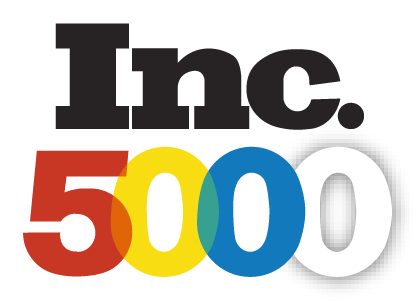Not so long ago, lenders gave out mortgages to potential homeowners without doing their due diligence. Often, no down payments or documentation were needed. As a result, the global economy suffered and the housing market crashed.
There was the Adjustable Rate mortgage (ARM) with a low interest rate for a couple of years – then it could suddenly go up as much as three times the original payment. Banks decided this was acceptable because they figured the customer would refinance before the balloon burst, but this didn’t always happen. Meanwhile, banks also went to market with NINA products (No Income, No Assets) and “liar loans” that were based on unproven credit scores and income statements.
Now that we’re in a period of recovery the subprime housing market is not what it used to be; many banks aren’t willing to take the same chances they once did. Loans made to today’s biggest loan risks are called nonprime – instead of the term they were once called, “subprime” (source).
The differences don’t stop there. These new-but-not-so-new nonprime loans usually require a substantial down payment, as much as 30 percent, as investors attempt to protect their investments. So while their loans don’t conform to standards because they are lacking in their credit rating, investors still want to lend money – so they are doing what they can to safeguard themselves.
Because the majority of the subprime (nonprime) candidates can’t produce that much of a down payment, the number of these loans is a mere drop in the bucket when compared to the subprime loans of years past that caused the housing boom (and later the collapse). In fact, Inside Mortgage Finance says that $3 billion in nonprime mortgages were made during the first nine months of 2013. Compare that to 2005, when the number of subprime originations catapulted all the way to $625 billion.
As time passes, will investors and banks begin to give in and take on more risk? For now, no – but that is always subject to change. Until it does, lenders have two options: they can either hang onto the loans, or they can sell them to private equity firms until they can begin offering mortgage-backed securities.
Popular Posts
Instantly Pre-Qualify
Want Actionable Information, Tools and Resources To Quickly Acquire Business Capital, Credit and Funding?
I take tremendous pride in building positive and lasting relationships in my businesses and personal life. Every member of my team is committed to helping our clients get the maximum amount of funding possible and achieve their highest growth potential.

have a question?
Our business experts are available to answer questions Monday - Friday from 9:00 a.m. - 6:00 p.m. EST
Call Us:
(800) 996-0270
Email Us:
service@fundandgrow.com
Watch our Masterclass:
Access up to $250K in 0% Business Credit
Let's Stay Connected on Social Media!

* "Funding" typically comes in the form of the issuance of business credit cards that may be used for business purposes. In such instances, we consider these credit lines as funding since businesses may tap those lines.
** Zero-Interest is based on the personal credit-worthiness of the business owner. 0% rates are introductory rates and vary in length of time, assuming all monthly required payments are made to the credit card company. Introductory rates of 0% apply to purchases and/or balance transfers after which it reverts to an interest rate, which varies by lender as disclosed in the lending agreement from the lender. Fund&Grow is not a lender.
*** The 60-day money-back guarantee only applies if client does not obtain credit. Please refer to the full Terms of Service for additional details.
Contact
Information
All credit is subject to lender approval based upon credit criteria. Up to $250,000 in business credit is for highly qualified files over the term of the membership with multiple credit card batches and/or credit lines. Introductory rates of 0% apply to purchases and/or balance transfers after which it reverts to an interest rate, which varies by lender as disclosed in the lending agreement. Fund&Grow is not a lender.
© 2025 Fund&Grow. All Rights Reserved.

 Share
Share








